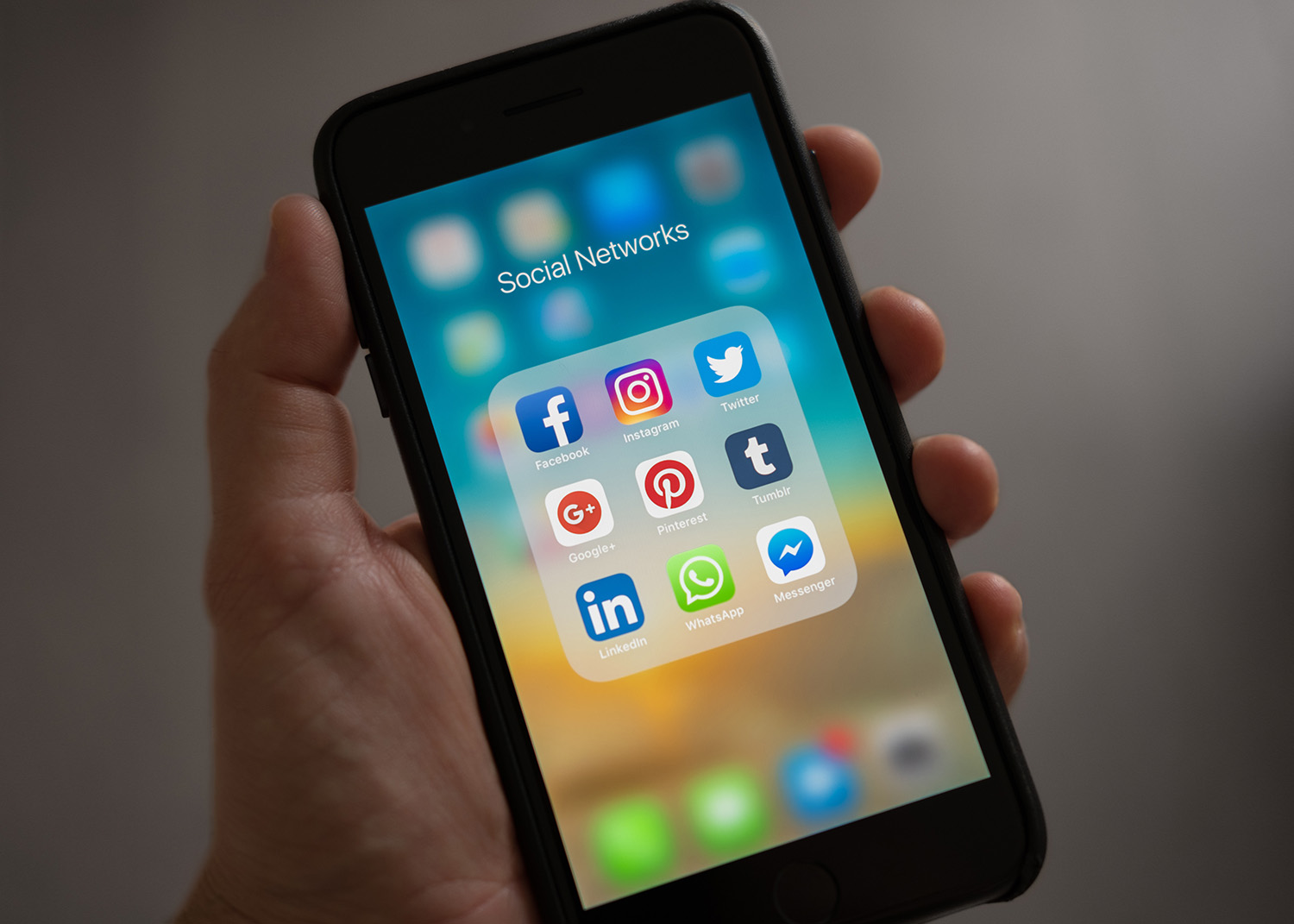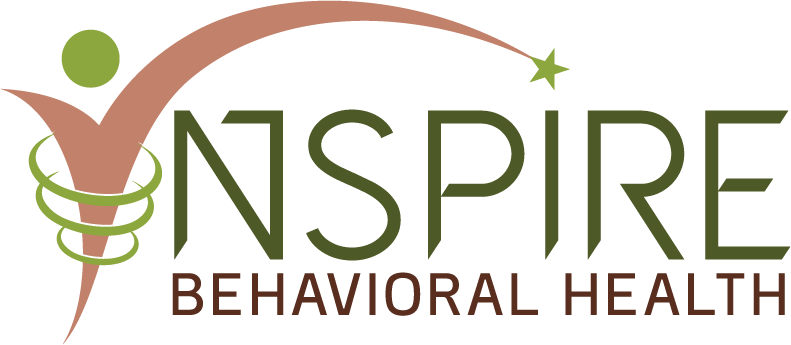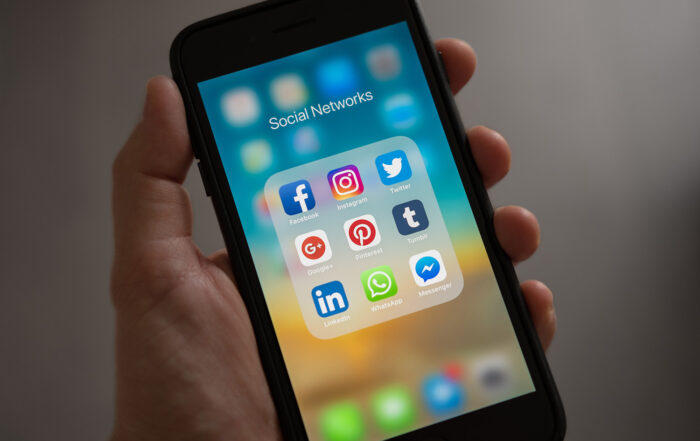
Adolescents today, quite literally, are growing up with widely used social media platforms.
Instagram, born October 6th, 2010; Snapchat on September 16th, 2011, and TikTok, born in September 2016. Unlike you, your adolescent does not remember a world without the iPhone or Amazon’s Alexa and is navigating a digital world that is developing rapidly. The ever-changing landscape of social media, met with little regulation and guidance on how to handle it, presents parents with challenges that didn’t exist 20-years ago. So, what is the best way to parent your adolescent through the explosion of social media?
Studies suggest that social media can be related to negative mental health outcomes and some adolescents experience an increase in problematic and compulsive behaviors with their devices. In one study, 1/3 of adolescents reported experiencing cyberbullying. Another study found that 1 in 6 teens experienced online harassment such as name calling, spreading of false rumors, receiving unsolicited explicit images, and having their activities tracked by someone other than a parent. LGBTQ and BIPOC adolescents face an increased risk of exposure to homophobic, transphobic, and racist content. When asked, adolescents recognized many of the risks posed to them via social media use. Without proper tools to mitigate risks, adolescents face unsolicited and inappropriate content and are unsure how best to protect their privacy and safety.
Social media can also offer adolescents a place to engage with their peers, meet new friends, and experience connection. During adolescence, individuals seek ways to relate to those around them and explore their own thoughts, views, and beliefs about the world. As parents, it is important to recognize your adolescent’s autonomy and independence with both respect and gentle guidance. Social media platforms provide many opportunities for adolescents to practice independence and develop a sense of autonomy. Adolescence is a time of rapid change which can feel incredibly uneasy and confusing; social media can offer a place to relate to others experiencing similar feelings and give your adolescent a sense of community.
Recommendations
- Look to the law: there is not set age that determines when an adolescent can safely use social media. The Children’s Online Privacy Protection Act (COPPA) cites 13-years-old as the minimum age a person should have their own social media accounts. Studies suggest that younger adolescents are more at risk of experiencing the negative effects of social media. The introduction can be slow, controlled, and limited. Establishing firm rules, time restrictions, and boundaries from the start can set your adolescent up with a strong foundation on social media management. Rules, time restrictions, and boundaries should evolve with your adolescent as they become older and more confident in managing social media use
- Practice informed monitoring: keeping tabs on your adolescent’s social media accounts can be a great way to protect them from some of the risks present. In order for adolescents to thrive in their development, they need to experience a sense of independence and autonomy. Monitoring devices without the consent of your teen can often feel like an invasion of their autonomy. Collaborating with your adolescent on when, how frequently, and the method you are going to use to monitor your adolescent’s devices models respect for their independence. Respecting adolescents’ autonomy can build a sense of trust that will benefit both parents and adolescents. You know your teen best and different teens need different ways and levels of monitoring. Monitoring can look like scheduled weekly check-ins, informal conversations, or parental control applications. Monitoring in whatever way works best for your family should always start with a conversation on why monitoring is important
- Model healthy boundaries: practicing healthy boundaries with social media yourself can set a precedent for your adolescent in establishing their own boundaries. Boundaries for yourself can include when, where, and how long you plan to be on your devices. Your boundaries may look different than the boundaries for your adolescent. Providing the reason and space for your adolescent to ask questions is helpful in learning the importance of boundaries
- Approach social media as an activity: your adolescent’s day will be composed of many different activities including school, homework, sleep, extra-curriculars, eating, in-person interactions etc. With all of these activities, striking a balance is key for a healthy lifestyle. Social media can play a part in their day after they have completed other activities that foster general wellbeing
- Advocate for your adolescent: the reality of social media is that it is going to continue to grow and influence the world that adolescents are growing up in. While healthy social media use can start at home with some of the tips listed above, holding the education system, lawmakers, and social media companies accountable can help create a safer online world
Additional Resources:
- https://technosapiens.substack.com/
- https://www.apa.org/news/podcasts/speaking-of-psychology/teen-social-media-use
- https://www.apple.com/family-sharing/
- https://www.bark.us/
Cited Resources:
American Psychological Association. (2023, May). How social media affects teens’ mental health, with Jacqueline Nesi, Phd. American Psychological Association.
Nesi, J., Mann, S., & Robb, M. (2023). (rep.). How Girls Really Feel About Social Media. Common Sense Media.
Murphy , V. (2023, May 24). U.S. Surgeon General Releases Report: 2023 Social Media and Youth Mental Health. ACA(WEBusage).
Vogels, E. A. (2022, August 10). Teens, social media and technology 2022. Pew Research Center: Internet, Science & Tech.
The Trevor Project National Survey. The Trevor Project. (2021).







